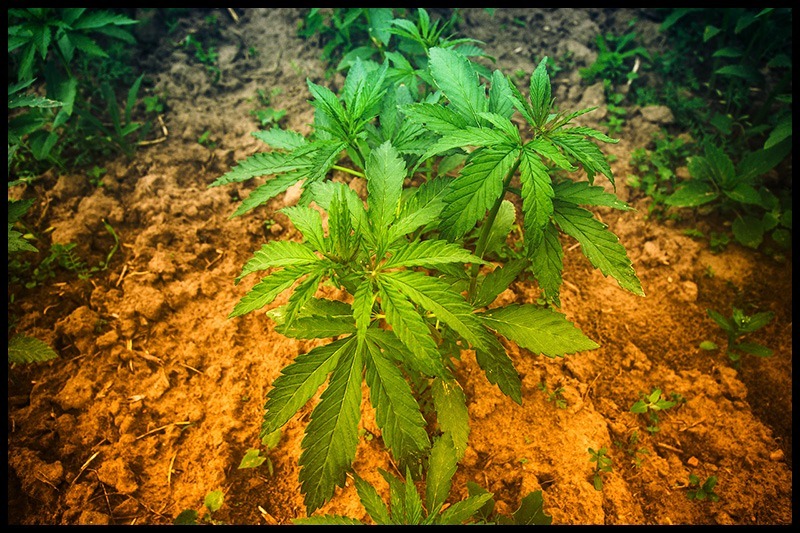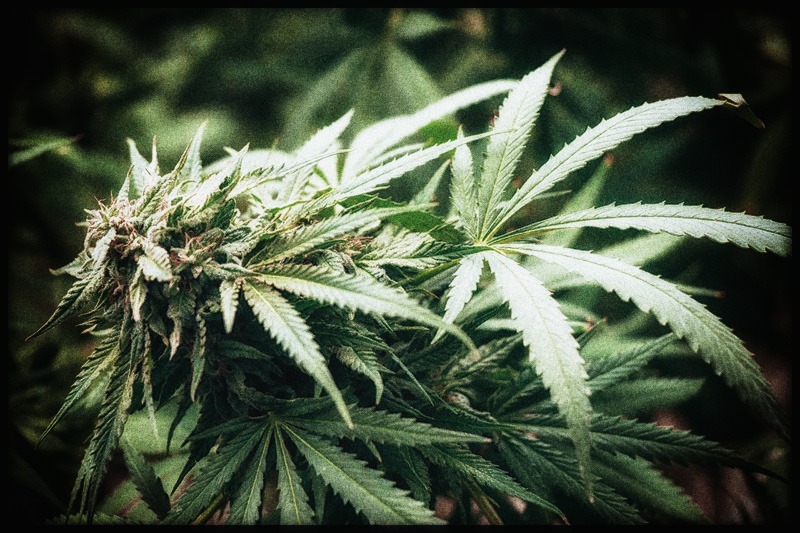 Cannabis plants require nutrients to develop and thrive. Plants absorb a major portion of them from the soil via their roots. Cannabis plants perform best when provided with ideal nutritional ratios and concentrations. They can be somehow picky when it comes to feeding, and doing it wrong can be fatal. Furthermore, nutrients, water, light, oxygen, and CO2 give the cannabis plant everything it requires to grow, develop, and produce large yields of potent and flavorful buds. After finding the cannabis seeds for sale that you want, you will need to think about feeding.
Cannabis plants require nutrients to develop and thrive. Plants absorb a major portion of them from the soil via their roots. Cannabis plants perform best when provided with ideal nutritional ratios and concentrations. They can be somehow picky when it comes to feeding, and doing it wrong can be fatal. Furthermore, nutrients, water, light, oxygen, and CO2 give the cannabis plant everything it requires to grow, develop, and produce large yields of potent and flavorful buds. After finding the cannabis seeds for sale that you want, you will need to think about feeding.
An Overview of Cannabis Plants Macro and Micronutrients
Cannabis plants require three macronutrients, nitrogen (N), phosphorous (P), and potassium (K), that are essential for their health. These macronutrients are usually clearly shown on fertilizer products as an NPK ratio. The greater the number for each value, the greater the concentration of concentration. Conversely, cannabis need more than three macronutrients to survive and grow. Secondary macronutrients such as calcium, magnesium, and sulfur are also important in plant growth.
Additionally, plants need a variety of vital nutrients in small quantities (micronutrients). Among them are boron, chlorine, copper, iron, manganese, molybdenum, and zinc. While they aren’t the primary elements that plants utilize for nutrition, they play critical roles in many areas of plant health.
Cannabis plants nutrient requirements for various stages
Cannabis’ nutritional requirements differ based on its life stage.
Nutrients for marijuana seedlings
Cannabis seedlings obtain all of their nutrients from the seed and absorb water via their leaves while their root system grows (this is why they need to be kept in a warm, humid environment). You won’t need to feed your seedlings until they’re 3-4 weeks old, at which point they’ll have formed 3-4 true leaves and will be in the vegetative development phase.
Nutrients for vegetative marijuana plants
Some gardeners choose to start their plants on a light 2:1:2 fertilizer for one week, as their seedlings reach their vegetative development phase. This is a fantastic technique to introduce your plants to their fertilizer while avoiding nutrient burn. Conversely, other growers experience fantastic results by immediately beginning their plants on a 4:2:3 fertilizer to stimulate growth. You’ll want to aggressively boost your plants’ nutrients around the mid-vegetative period (about six weeks after germination) to help them establish robust, healthy leaves.
By this point, most growers usually opt for a 10:5:7 fertilizer. These increased nitrogen levels will assist your vegging plants in creating lush, green foliage and generate an abundance of bud sites in preparation for flowering. It’s a good idea to start reducing your nitrogen levels and prepping your plants for the changeover to their bloom booster at the conclusion of the vegetative period. In the final week of the vegetative phase, most growers apply a 7:7:7 fertilizer. Feeding suggestions for veg are:
- Early vegetative: 2:1:2 – 4:2:3
- Mid-veg: 10:5:7
- Late veg: 7:7:7
Nutrients for Cannabis Plants that Flower
Blooming cannabis plants require less nitrogen and more potassium to produce large, resinous flowers. Most producers give their blossoming cannabis plants a 5:7:10 fertilizer during the first two weeks of flowering. It’s common practice to keep dialing up the nutrients from here on out, always maintaining potassium concentrations higher than the others.
Most producers will be utilizing a 6:10:15 nutrient solution by mid-flowering. Also, growers will reduce fertilizers in the last weeks of blooming to facilitate the transition to the pre-harvest flush. By this point, a gentler fertilizer with an NPK ratio of 4:7:10 is commonly used. Recommendations for flowering feeding are:
- Early bloom: 5:7:10
- Mid-bloom: 6:10:15
- Mid-late bloom: 4:7:10
- Late bloom: pH-balanced flush
How to Prepare Your Cannabis Plants for Proper Nutrients
A potential nutrient slip-up can potentially derail your harvest. But feeding your marijuana plants can be very straightforward: follow these simple steps:
- Prepare water. If possible, heat water to approximately 19 – 21 °C to promote absorption by the roots.
- Add the cannabis nutrients according to the directions, and stir. Utilize a PPM or EC meter to obtain exact readings.
- If required, adjust the pH of the feed utilizing a nitric or phosphoric acid pH-down supplement.
- Once your PPM, pH, and temperature are correct, feed the plants and measure the runoff using your PPM or EC meter to check that your plants absorb nutrients properly.
Common Tips for Better Feeding
Here are some tips to ensure your feeding goes off smoothly:
- Always flush: Nutrients are essential, but you don’t need them in your harvested bud. That is why you should flush your plants with pH-neutral water at least one week before harvesting. Flushing forces your plants to absorb any remaining nutrients, giving in clean, smooth smoke.
- Use chelation: Chemical chelates are found in the majority of high-quality nutrients. If you cultivate organically, you can use natural chelates such as fulvic and humic acid to assist your plants in absorbing mineral nutrients such as iron or zinc. Chelates function by encasing positively charged nutrients in a negative or neutral charge, allowing them to pass through the plant pore barrier.
- Try foliar feeding: Foliar spraying, which involves spraying cannabis leaves with a fine mist can effectively combat nutritional deficits, pests, or diseases. It is also very effective for the short-term feeding of secondary nutrients such as magnesium or calcium and micronutrients such as zinc, iron, and manganese.
Marijuana plants need specific and fairly rigorous feeding regimens, especially if you want substantial, high-quality yields. However, novice cultivators should be aware that it does not have to be as difficult as it might seem. As long as you feed your cannabis plants and don’t overfeed them, they will thrive. You’ll become better and better at feeding your plants with time until you know everything at your fingertips. Feeding correctly will make amazing weed seeds like this Dolato strain even better!
Further Reading:
Apple Tartz Strain A Cannabis Review
An Introduction to Cannabis Training Techniques in 2023
What Are Hybrid Cannabis Strains?
How Is Good Commercial Cannabis Grown?
The Art of Pruning Cannabis Plants in 2023






